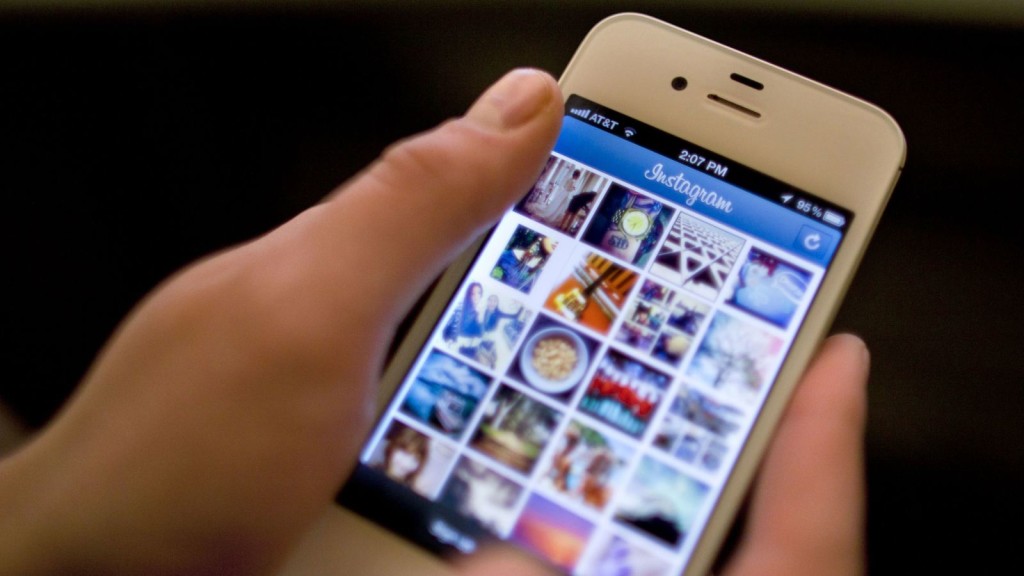In the past, people had to go to brick and mortar stores to purchase items. However, e-retailers like Amazon made huge changes by offering easy ways to shop online, and that’s just the way the Gen Z (a subset of millennials) audience likes it.
A recent report from Quartz details how a recent panel at the Fashion Digital Conference in New York City discussed spending habits, particularly within the Gen Z group aged 17-23. Stacey Ferreira, author of the book $2 Billion Under 20, simply stated on the subject, “People don’t buy stuff in actual stores anymore; stores are there to just, like, expose people to the brand.”
That indicates that people still have an interest in visiting showrooms to get an idea of what they want to buy, but more are turning to a convenient online option, thanks to simpler delivery and (in some cases) better sale prices.
“Before, going to the mall and hanging out was a thing, and I’m like, how was that ever a thing ” added Ocean Pleasant, the 18-year old founder of a magazine on youth culture. And it’s true, malls have seen enough of a decline, with some even closing down as a result. Instagram and Snapchat have become more of a social and in some ways, safer means to interact with others, instead of needing to “go hang out at the mall”, as it were.
Ferreira also added, “I like going to Apple stores to not only look for products, but I like the environment. I would go work out of an Apple store if they would let me.” That indicates that, despite the decline with some retailers, there are some that still have a strong presence, including Apple and Microsoft. However, keep in mind that both of these have devoted employees that are quick to provide information on product and services.
As for the “millennials” label regarding the age group, Reade Seiff, the 17-year old founder of small business start-up Workpile, stated, “I know what I want and who I am, and I don’t want to be forced to go to some millennials rack.” This is in reference to a special “millennials floor” that Macy spent millions of dollars building a while back to attract a younger crowd, dubbed One Below. He also added, “Clearly something is wrong here because I didn’t even know about it. Instead of trying so hard to sell to a manufactured group, they should focus on selling products people naturally love.” That is pretty sound advice, considering the drop in retail sales compared to online.
To provide more detail as to what millennials and Gen Z look for with their shopping experience, Accenture recently posted a report that explains what marketers can when trying to get into the trillion-dollar demographic.
The report not only notes the similarities in shopping habits between millennials and other groups (like Baby Boomers and Generation X), but also breaks down the various “myths” surrounding shopping habits, whether in person or online.
One myth is that it’s “all about online shopping.” “Online and mobile channels are important to millennials, providing the information and insights they need to find the best products and services,” says the report. “Many hone their shopping skills on the Internet, checking product ratings and reviews or feedback on retailers, for example, to confirm that both product and vendor provide the best value and service, respectively.”
It also shows that 68 percent of all millennials prefer an integrated, seamless experience, regardless of market, which explains the popularity of Apple and Microsoft stores, since their products are often connected.
The second “myth” focuses on loyalty, which is one of the biggest aspects to keeping an audience coming back. One shopper stated, “You want to feel welcome when you go to the stores,” and some outlets simply aren’t providing that. “There is (something) about the product and its cost, but there’s also a big part about being treated like a valued customer.”
“Loyalty programs are big,” added another consumer, emphasizing special programs that offer discounts or even free items for shopping at a particular outlet. 95% or more of millennials noted that they prefer to be courted with with coupons or other offers coming to their home or digital devices.
Finally, social networks play a big part with the third “myth”, as marketers easily mistake certain habits on channels for being popular with shoppers. “I do ‘like’ certain retailers on social media,” said one interviewee. “especially if it gives me access to coupons or deals or more information. (Otherwise), I would have to be pretty emotionally moved to just ‘like’ (a retailer) for no reason.
It helps to have a routine that becomes part of a conversation, according to another. This includes special offers and updates to keep consumers informed. “It’s not like you’re communicating a deal to (your friends). It’s more like, ‘Hey, I got this new thing, this new toy.'”
Positive buzz plays a tremendous part in this, instead of just simply existing and hoping that customers will follow.

